Arabesque Time
The time of emancipation, in Rancière’s imagination, is not a progression towards truth and justice. It is rather, Katharina Clausius argues, a common ground whose gridlines sprout delicate tendrils that extend out, coil around, germinate new shoots that spiral out beyond its boundaries.

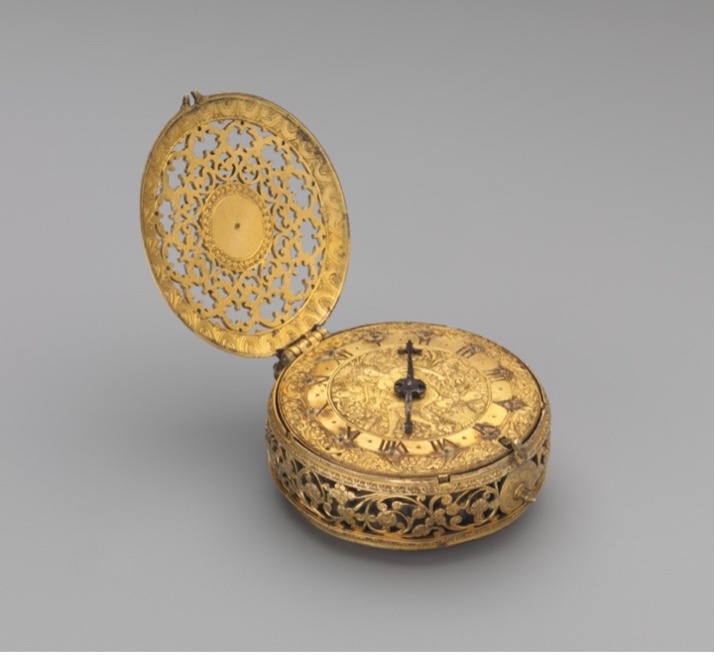
Fig. 1 – Clock Watch, Movement by Michael Nouwen (or Nouen), Flemish, ca. 1600-1610 (Courtesy of The Metropolitan Museum of Art)
Time is revolutionary. The clock hands spin on their fixed axis, pirouetting like virtuosic dancers, always in motion, each small gyration generating another, a mechanism whose workings have Kantian “purposiveness without any purpose.”[1] Seconds and minutes spiral out infinitely, with each rotation circling back but never quite returning to the same moment. The mechanical work of the clock has no origin, no terminus point, no urgent climax – it whirls around and around, and in its discrete ticking, it renders the flow of time perceptible to ears and eyes. Each instant is defined as much by its distance from all other instants as by the inexorable continuity of points in time that together constitute time. The revolutions themselves are marked out in intervals, in the silences between each instant-made-audible, in the suspended animation separating each movement-made-visible. In this series of intervals, the time of revolution neither arrives nor passes but is instead always “pending.”[2]
It is this pending, “not yet”[3] aspect of the temporal revolution that Rancière perversely argues is so politically radical. By no means does he dramatize revolution as imminent or inevitable, however. Nor does the circular motion of the clock hands represent for him a vision of history cycling through periodic changes and reversals. Quite the opposite: Rancière identifies this pending quality as commensurate with a politics of emancipation precisely because the “not yet” allows for momentum without the promise of any outcome. Time – like emancipation – is perpetually pending, marching forward without ever arriving, its passage not quite perceptible nor fully imperceptible. Its movement is partly mechanical and partly individual, material and immaterial, predictable but completely free because “no force determines it, not even the force of a voluntary decision.”[4]
The revolution of time is therefore radically non-decisive (which is not the same as indecisive) in that it does not predict or even anticipate. Consequently, for Rancière the temporal revolution is also radically inclusive. There is no single time of emancipation that arrives or passes, only times that contain all possible “coexistences” and “non-coincidences.”[5] In political terms, emancipation is not an occurrence – a momentary and local event. It is, rather, a concurrence of heterogeneous moments and localities. It is the “montage” of different experiences of temporality, of times and also non-times, of those individuals with time in abundance and those with no time at all. But the function of this montage is not to smooth out the transition between
(cinematic) frames. Rather, it superposes concurrences such that their “heterogeneous temporalities”[6] become fully perceptible within the flow of time.
What marks “modern times,” Rancière argues, is the dramatization of these concurrences, especially in art poised to express the kinds of “contradictory temporalities”[7] that defy narrative structures. In Modern Times, Rancière describes an aesthetic of concurrence in cinema and in dance. The revolutionary film reel, like the dancer, spins out, expands, redoubles on itself, develops an “extended parataxis” that makes each scene, each fragmented gesture, radically equal. In the case of Dziga Vertov’s Man with a Movie Camera (1929), the montage “constructs the new egalitarian sensorium wherein all activities are equal and form part of the same movement.”[8] Against the “tyranny of plot and its made-to-measure causalities,” a revolutionary choreo/cinemato-graphy stages “the truth of those atoms of time that continually fall on our minds, and whose arabesques it is the writer’s duty to transcribe.”[9]
Having hinted for many years at a theory of political-aesthetic temporality, Rancière here begins to unpack the contradictory interplay of “police” time and emancipatory time. Even more significantly, we glimpse the aesthetic contours of the time of emancipation in the brief evocation of the arabesque, which falls like an atom from Rancière’s text and seems to affix itself to the images of spirals, waves, and knots that abound in his prose: a fleeting series of metonymies, perhaps, but one that gives visual shape to Rancière’s notion of emancipatory time. The notion of the arabesque barely makes its presence felt in Modern Times, and yet it arguably renders sensible the specific revolution Rancière has in mind. Arabesque time is in many ways the concentrated expression of the politics of aesthetics that he offers as an alternative to the reigning order of linear, “police” time.
The grand narratives (of modernity, of Marxism, even of Literary Criticism) remain bound to this ordered, measured/measurable time in two ways. On the one hand, chronological time is marked as “a succession of moments.”[10] On the other hand, the possession of time is mapped out in a “hierarchy of occupations,”[11] a hierarchy that differentiates between those who have time beyond work and rest-before-work and those who do not. Chronological time fits within an Aristotelian poetic framework that Rancière sums up as “the justice of the causal process:” human actions precipitate consequences and a passage from “good fortune to misfortune and from ignorance to knowledge.”[12] Hierarchical time conforms to the “distribution of times and spaces, activities and capacities” in Plato’s Republic.[13] Together, these two temporal distributions make up a persistent “matrix of rationality” that “continues to structure the dominant time – the time of domination.”[14] The restrictive nature of this matrix emerges all too clearly if we sketch chronological and hierarchical time in graphical form in order to see the shape of their superposition (See Fig. 2a-2c).

Fig. 2a) Chronological time 2b) Hierarchical time 2c) Superposition of Chronological and Hierarchical time into a “Matrix of rationality”
Within the scope of Rancière’s notion of the “police” (or reigning distribution of the sensible), the matrix conjures up oppressive images of imprisonment and tabulation. Its rationality is one of division and compartmentalization, its product a sum of “counts” (a multiplicity of #s connected to form an imposing surface). From his aesthetic perspective, Greenberg himself describes the modernist grid as a form of “discipline:” “The crisscrossing black lines…of a Mondrian painting seem hardly enough to make a picture out of, yet they impose the picture’s framing shape as a regulating norm with a new force and completeness.”[15] (See, for example, Mondrian’s unfinished Composition with Doubles Lines and Yellow.)
We might presume that revolutionary time – the time of emancipation – would shatter this matrix with all its classificatory rigidity. Rancière’s proposal, however, is at once more radical and more pragmatic. The matrix of police time, he hints, is machine-like in its strict measurements and partitions, but it contains within it space and time for organic decoration. In this “free movement” of ornamentation, “the marriage of the dancing body and the machine thus makes sense…and [abolishes] the hierarchy the separates mechanical human beings from free human beings.”[16] Revolutionary time, in Rancière’s imagination, is a common ground whose gridlines sprout delicate tendrils that extend out, coil around, germinate new shoots that spiral out beyond its boundaries. The time of emancipation is, we might say, arabesque.
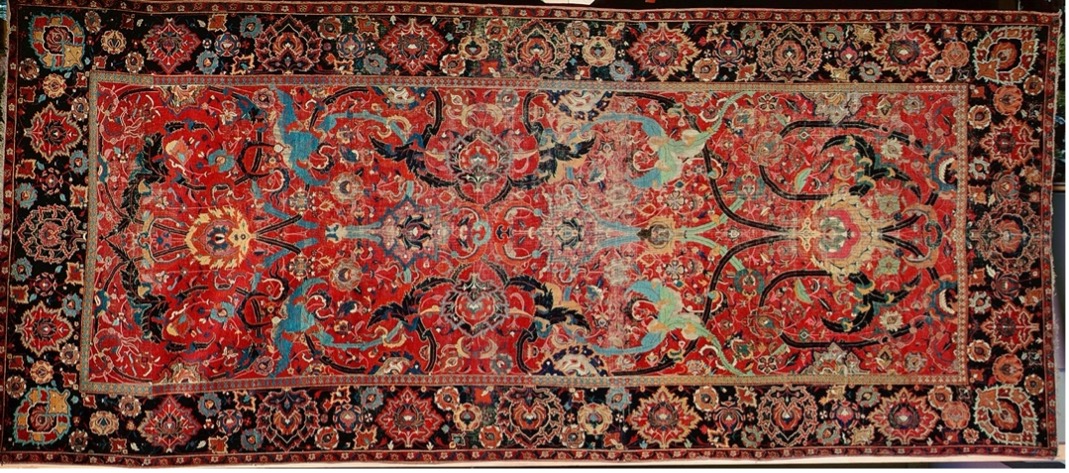
Fig. 3 – Floral arabesque carpet, possibly Iran, 17th century (Courtesy of The Metropolitan Museum)
Rancière seems to suggest that revolutionary time is concurrent with the matrix that is its complementary opposite. Measuring time – seeing, hearing, and feeling it pass – is only possible because we can simultaneously conceive of time and non-time, of the matrix as positive and negative space. Ticks and tocks divided by silences, where the silence of “non-time” is as much part of the temporal experience as the audible “times” framing the noiseless intervals. Time’s intervallic quality means that the present is never fully “contemporaneous with itself”[17] because its own intrinsic divisions constantly stage it as slightly out-of-step with itself. The matrix’s authoritative lines are also delicate, decorative filaments. Likewise, each space within the matrix can be seen as a closed area of segregation or, alternatively, as a limitless, neutral backdrop on which lines are gently overlaid. To experience revolutionary time, then, is to ornament the spaces and the lines framing them such that each proliferates the other in a virtuosic display of reciprocal adornment that is mathematical but cannot be precisely “counted.” In a sense, Rancière does not recommend the eradication of the “matrix of rationality” but wants instead to see it flower into a fantastical network that transforms its lines into curved branches looping and arching in all directions.

Fig. 4 – A Manuscript of Five Sections of the Qur’an, possibly Morocco, 18th century (Courtesy of The Metropolitan Museum)
The arabesque dramatizes the imperfect, intricate concurrency of the “not yet” revolutionary disposition. Geometry and figurative freedom coexist in its ornamental aesthetic. The arabesque appears in all guises: as decorative but also structural, as purely aesthetic but also fixed to the mundane material world, as theological and individualistic, as ancient and modern. As an aesthetic concept, the “arabesque” is fluid and non-specific, its long history of appropriation making any precise definition impossible.[18] To the question “what is the arabesque?” the arabesque only answers: “arabesque!” It remains staunchly adjectival, which is precisely its relevance to Rancière’s political argument.
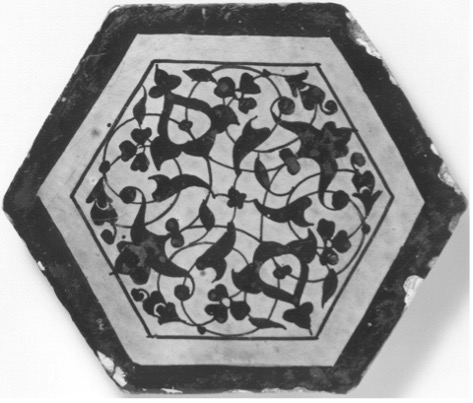
Fig. 5 – Hexagonal Tile, possibly Iran, second half of the 15th century (Courtesy of The Metropolitan Museum)
Rather than try to pin down the arabesque, we might instead allow ourselves to infer from its intricate spirals the aesthetic-political characteristics that are particular to Rancière’s revolutionary time and that are specific the “free movement” of the modernist films and dances he admires.
First, the arabesque’s revolutionary movement is repetitive and self-generating. “The time of emancipation…knows neither a zero point of original influence nor a fixed term to the progression…It is a new time that can start from any point, at any moment, and extend in unanticipated directions by inventing its own connections at every stage.”[19] Revolution has no crisis point and cannot be measured in future progress. Instead, its movement is “continuous” and “incessantly generates another movement, abolish[ing] the very contrast between movement and rest.”[20] Jacotot’s students recite the words of their “book in common” over and over, freeing themselves of the schoolmaster’s will. Workers labour in the dead of night on verses and landscapes, not to produce artworks or become great artists but simply to knit themselves into the very fabric of a common aesthetic ground. The revolving movement of the clock no longer divides day from night, work from rest-before-work, those who labour and those with leisure. Instead, revolutionary time makes it “possible for the carpenter to create a spiral which, in the midst of the compulsion of working hours, initiates a different way of inhabiting time, a different way of keeping a body and mind in motion.”[21]
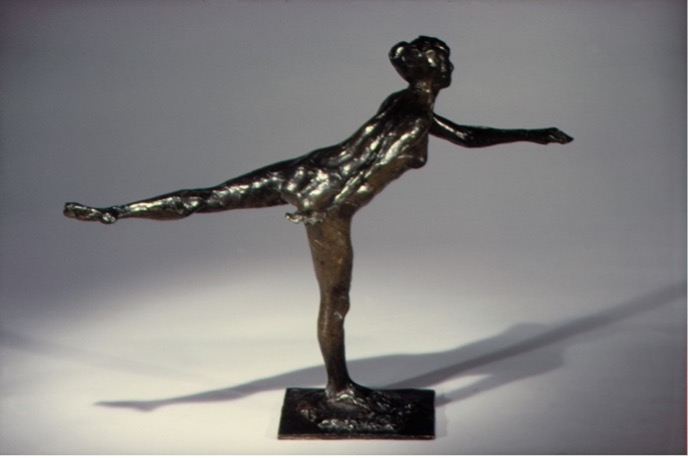
Fig. 6 – Second Arabesque, Edgar Degas, modeled before 1885 (cast 1920) (Courtesy of The Metropolitan Museum)

Fig. 7 – Still from Création de la Serpentine with Loie Fuller, Directed by Segundo de Chomón, 1908 (Courtesy of Wikimedia Commons)
Second, the arabesque’s revolutionary time is precarious. Its bodies are in a perpetual movement that crosses between temporalities – times of action and inaction, of “intermittent work,” “speed-ups and slow-downs,” “transitions from work to unemployment,” “part-time and temporary work.”[22] Revolutionary time is “precarious time” that is “full of holes.”[23] The revolution owes its very legibility to these holes, which render its movements all the more delicate, intricate, and refined. Its individual characters “live the intertwining” of countless “intervals” that give shape to the “interruption of the dominant time” and to the decoration of the “matrix of rationality.”[24] The text and its margins interlace in a precarious dance of mutual ornamentation and erasure.
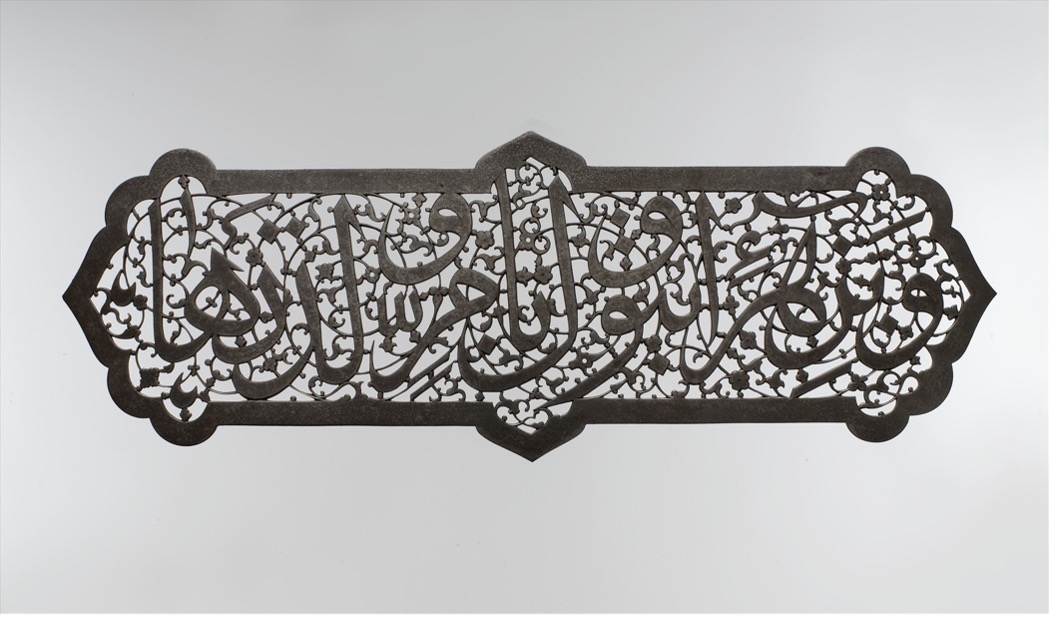
Fig. 8 – Calligraphic Plaque, attr. Iran, ca. late 17th century[25] (Courtesy of The Metropolitan Museum)
Finally, the arabesque’s revolutionary distribution is dynamic and relational. There is a “blurring of figure and ground,” an “oscillation between representational and ornamental modes.”[26] The revolution is not decisive but transgressive, and even this transgression is spread out, shared, and expansive. In Rancière’s words, “the image of common movement is at once created, intensified and shattered by a constant interplay of relations between images. Thus, the dance does not afford a simple paradigm of unity. Instead, it offers a paradigm of relationality.”[27]

Fig. 9 – Panel from a Rectangular Box, Spanish (probably Cordoba), 10th-early 11th century (Courtesy of The Metropolitan Museum)
The interval, the “not-yet” quality of the revolution is the furthest thing from an empty point of anticipation waiting to be filled by the decisive action to come. On the contrary, the time of emancipation is an ornate dramatization that tells no particular story but instead “symbolize[s] the commonality of all movements”[28] through a radically decorous choreography. The time of catastrophe, crisis, and justice revolves into the “time of the everyday,” into “time as a form of life.”[29]
Katharina Clausius is Assistant Professor of Comparative Literature at the Université de Montréal, where she specializes in the politics of aesthetics, musicology, and intermedial studies. Her research on Rancière has appeared in Politics Today, Theory & Event, and the collected volume Rancière and Music published by Edinburgh University Press.
[1] Rancière, Modern Times, 86.
[2] Ibid., 87.
[3] Ibid., 43.
[4] Ibid., 74.
[5] These terms are in the singular in the original text. Ibid., 42.
[6] Ibid., 52.
[7] Ibid., 43.
[8] Ibid., 58.
[9] Rancière paraphrases Virginia Woolf in this passage. My emphasis. Ibid., 24.
[10] Ibid., 8.
[11] Ibid., 8.
[12] Ibid., 8.
[13] Ibid., 8.
[14] Ibid., 7, 31.
[15] Greenberg, “Modernist Painting,” Collected Essays and Criticism (University of Chicago Press, 1995), 90.
[16] Ibid., 76.
[17] Ibid., 43.
[18] See Anne Leonard’s “The Arabesque Aesthetic,” in Arabesque without End, 1-18 (London: Routledge, 2022).
[19] Rancière, Modern Times, 23.
[20] Ibid., 56.
[21] Ibid., 20.
[22] Ibid., 27.
[23] Ibid., 27.
[24] Ibid., 27-8.
[25] The Arabic inscription is a verse in thuluth script and reads: “And by Zahra’ the Immaculate One and the Mother who bore her.”
[26] Leonard, “The Arabesque Aesthetic,” 6-7.
[27] Rancière, Modern Times, 78.
[28] Ibid., 69.
[29] Ibid., 17, 19.